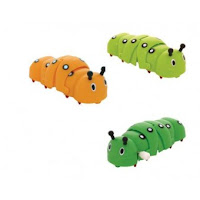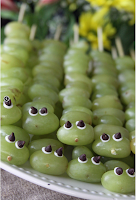 |
| Photo from topforeignstocks.com. |
I think a wonderful field trip for any child, especially preschool engineers, would be to a working windmill that uses the vane to turn a mechanism inside that crushes grain into flour, apples into cider, etc. Not all of us get to live in Holland or another place where wind is treated as a wonderful commodity. Instead, we might have to build a windmill ourselves.
A Little Help from Our Friend, Curious George
Need help getting started? In "Windmill Monkey
Take a look and follow along with George to make your own windmill. You will probably need a trip to the craft store to stock up on an old wooden paper towel holder, dowel rods, wooden spoons, tape, paper or towels. Use your imagination and make this a fun project to do together!
Or Simply Observe
If you don't have an entire day to dedicate to a monkey-inspired build, consider enjoying the simple
 |
| Photo from shutterstock.com |
This morning the pinwheels remained in the ground while the kids played with other more interesting things - like mud puddles. In a moment of rest we all looked up from the mud pies we had been baking, frosting and tasting and saw light reflecting from the pinwheels onto the walls of the house. As the pinwheel turned, so did the pinwheel of light. I watched Mikey discover the light, point out the spinning pinwheel, and marvel at it. He said, "Wow, I didn't know it could do that...how cool!" Then he turned his back and went back to work in a puddle. It was short-lived but new...something to learn.
If you don't want to run to your local store, then find your choice of color, quantity, and material online. Here is a link to a list of Pinwheels










